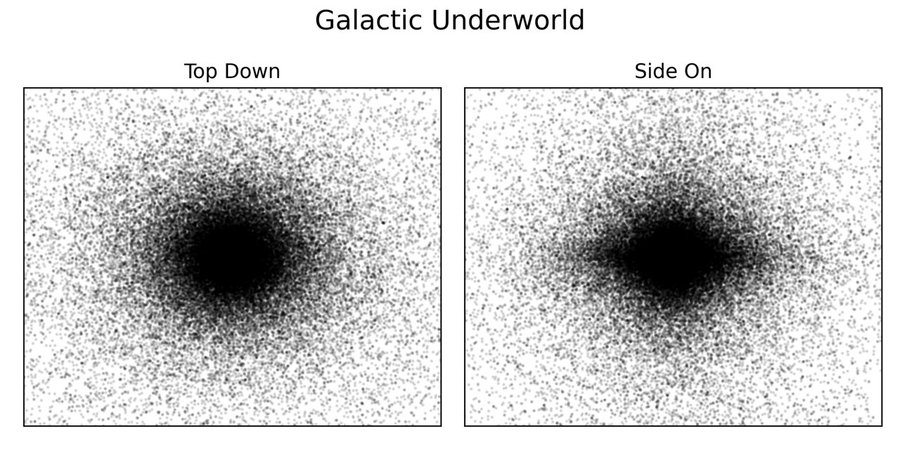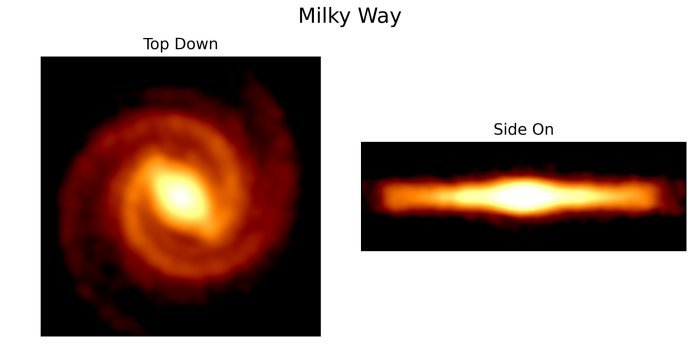Vast 'cemetery' of the Milky Way discovered in 'galactic underworld'
Astronomers have found a vast "cemetery" of dead stars extending three times the height of the Milky Way.
The first map of the "galactic underworld" revealed a group of suns that were once huge, and collapsed into black holes and neutron stars, and these small, dark objects are scattered in our galaxy, like cosmic graves.
The map shows the remnants of the suns forming a "cemetery" that extends three times the height of the Milky Way, where about a third of the ancient dead bodies are expelled from the galaxy.
For the first time, scientists discovered that many objects that were inside our galaxy were thrown out.
Dr David Sweeney, a student at the University of Sydney's Sydney Institute of Astronomy and lead author of the research paper, said: "These stacked remnants of dead stars show a fundamentally different distribution and structure from the visible galaxy (the Milky Way as we see it)."
He added: "The height of the galactic underworld is three times greater than that of the Milky Way itself. And 30% of the objects have been completely expelled from the galaxy."
Although billions of stars have formed since the galaxy was young, the strange corpses (stellar remnants) have been hurled into the darkness of interstellar space by the supernova that created them. Hence, it has remained hidden from astronomers' sight until now.
By recreating the entire life cycle of ancient dead stars, scientists have created the first detailed map showing where stellar bodies lie.
Neutron stars and newly formed black holes match the shape of a galaxy today, so astronomers know where to look. But the oldest neutron stars and black holes "are like ghosts that still haunt a house that was demolished a long time ago, so they are hard to find."
"One of the problems with finding these ancient objects is that until now we had no idea where to look," said Peter Tuthill of the Sydney Institute of Astronomy and co-author of the paper. "The oldest neutron stars and black holes arose when the galaxy was younger and formed differently. Then it underwent complex changes that spanned billions of years.
By building a complex model that takes into account all the intricacies of the movement of stars through space, the "underworld" version of the Milky Way looks very different from what we see.
In the maps created, the distinct spiral arms of the Milky Way disappear in the Galactic Underworld version. They have completely disappeared due to the age of most of the remnants, and the hazy effects of the energetic ejection of the supernovae they created.
Even more intriguingly, the side view shows that the "galactic underworld is puffy" more than the Milky Way we know today, as a result of kinetic energy delivered by supernovae that form a halo around the visible Milky Way.
Source: websites




